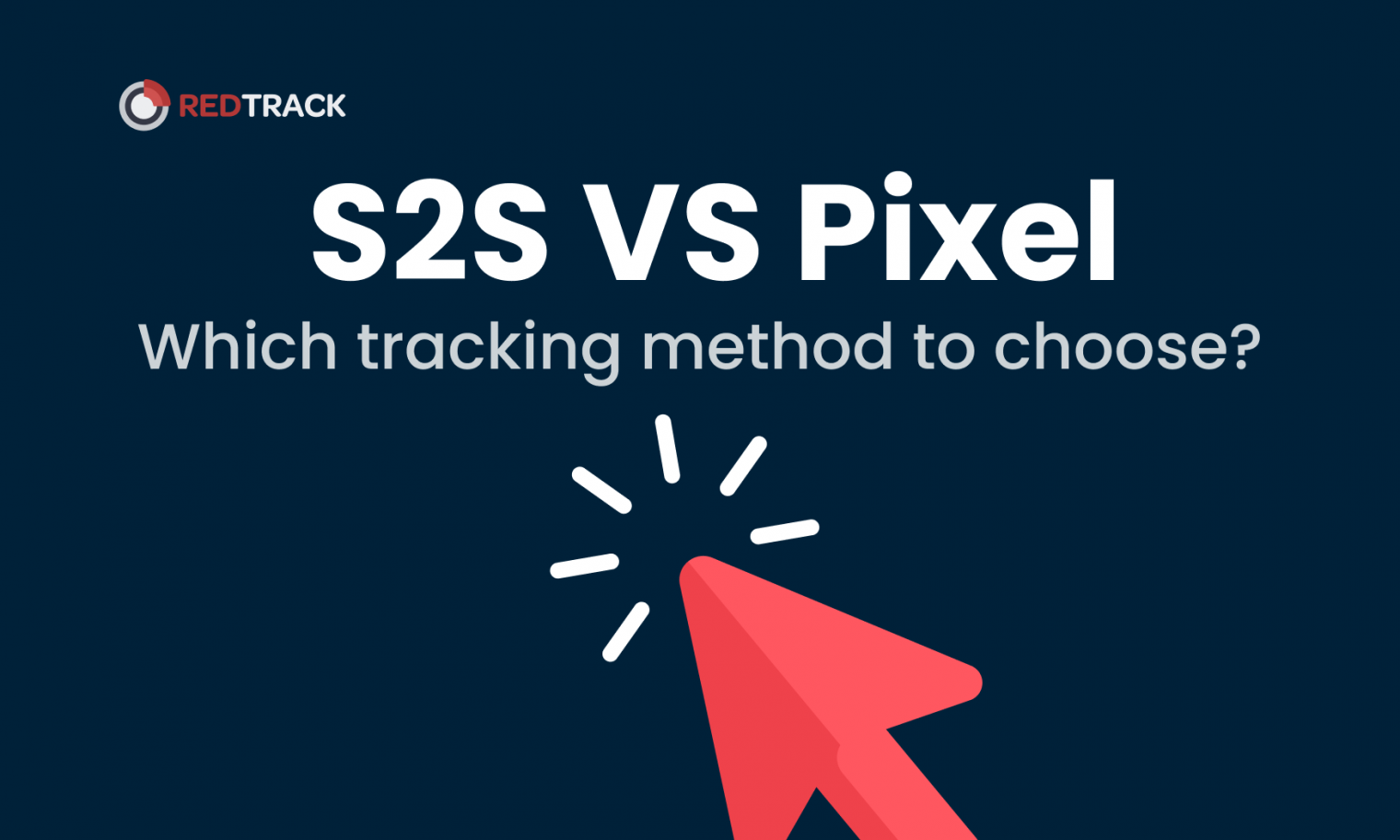
Check our 2-minute video to explore 5 reasons users choose RedTrack as their ad tracking & attribution partner.
Commission - is a financial reward given to affiliates for their marketing efforts leading to a desired action. Unlike traditional advertising, where costs might be paid upfront without guarantee of results, affiliate commissions are performance-based. This means payment is only due when specific actions, such as a sale, lead, or click, are completed. This model aligns the interests of advertisers and affiliates, fostering a partnership where both parties are invested in the campaign's success.
Understanding the types of commissions is crucial for marketers navigating the affiliate industry.
Predominantly, there are three models:
Cost Per Sale (CPS): This is the most common commission type, where affiliates earn a percentage of the sale price when the referral leads to a purchase. The CPS model is beloved by e-commerce brands, as it directly ties marketing spend to revenue.
Cost Per Action (CPA): Affiliates are paid for a specific action, such as a form submission or sign-up. This model is preferred for services or subscription-based products where the value is in acquiring leads or registrations.
Cost Per Click (CPC): Although less common due to its susceptibility to fraud, some programs pay for every click that directs users to the advertiser's site. This model is often used in tandem with other commission structures to reward affiliates for driving traffic.
Commission rates vary widely across industries, products, and affiliate programs. They can range from single-digit percentages in high-volume, low-margin sectors like electronics, to 50% or more in digital products and services where the cost of goods sold is lower. Marketers must understand how commission rates impact the profitability of their affiliate program and ensure they offer competitive rates to attract high-quality affiliates.
Calculating commissions involves understanding the base value (sale price, lead value, etc.) and applying the agreed-upon percentage or fixed amount. For example, a 10% commission on a $100 sale would result in a $10 affiliate payment.
The backbone of any affiliate program is the technology used for tracking and attributing commissions. Affiliates are assigned unique identifiers, and when a potential customer clicks on an affiliate's link, this ID is tracked throughout the customer's journey. Advanced tracking solutions can attribute sales to the correct affiliate even if the purchase happens days or weeks after the initial click, using cookies or other tracking methods.
Attribution models vary, from simple "last click" models to more complex "multi-touch" attribution that recognizes all contributing affiliates. Marketers must choose an attribution model that fairly compensates affiliates while aligning with the program's goals.
Affiliate commissions are typically paid out based on a schedule, such as monthly or quarterly, and may include a threshold that must be met before payment is issued. Marketers need to define clear payment terms, including any chargeback or return policies, as these can affect the final commission amount.
Digital wallets, bank transfers, and checks are common payment methods, with preferences varying by region and individual affiliate. Timely and accurate payments are crucial for maintaining a healthy relationship with affiliates.
Affiliate commissions are subject to legal and tax considerations. In many jurisdictions, affiliates are considered independent contractors, and their commissions are taxable income. Both affiliates and advertisers must be aware of the legal requirements, including any necessary disclosures and compliance with consumer protection laws.
Advertisers must also consider how to handle international affiliates, as tax laws and reporting requirements can vary significantly between countries.
To stay competitive, marketers must regularly review and adjust their commission structures. This might involve offering higher rates for top performers, creating tiered commission levels, or providing bonuses for hitting certain milestones. Understanding the affiliate landscape and analyzing performance data is key to crafting a commission structure that motivates affiliates while ensuring the program remains profitable.
Managing an affiliate program and its commissions comes with challenges, including fraud detection, accurate tracking across devices and platforms, and maintaining relationships with affiliates. Implementing robust tracking solutions, conducting regular audits, and fostering open communication with affiliates are strategies to mitigate these challenges.
The future of affiliate commissions may see more personalized and dynamic models, leveraging AI and machine learning to match commission rates with affiliate performance and potential value. As the digital landscape evolves, so too will the strategies for rewarding affiliate marketing efforts.
Affiliate commissions are the linchpin of the affiliate marketing model, incentivizing affiliates to drive valuable actions that benefit advertisers. By understanding the nuances of commission types, rates, tracking, and legal considerations, marketers can craft effective affiliate programs that drive growth and foster strong partnerships with affiliates. As the industry evolves, staying agile and responsive to trends will be key to maximizing the potential of affiliate marketing efforts.

Check our 2-minute video to explore 5 reasons users choose RedTrack as their ad tracking & attribution partner.

Join our Facebook group to participate in the discussions, share your insights with like-minded people, and ask for support if needed.

Find out how Financer.com optimized the conversion rates of both organic and paid traffic by 60% with RedTrack.